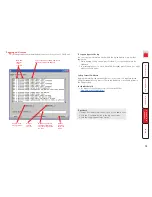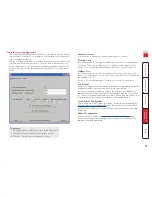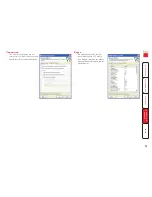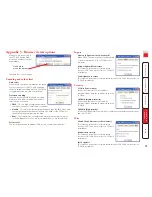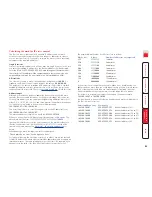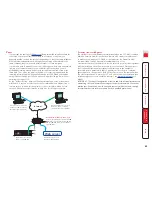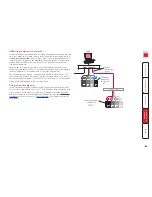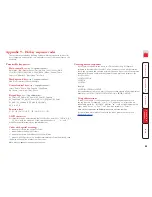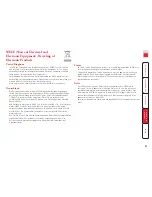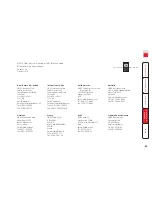
When you need to control more than sixteen host
computers using SC5-4xIP units, there are two
main ways to achieve this:
• The preferred method is to use multiple SC5-
4xIP units to control groups of sixteen hosts
and then use the KVM IP Manager utility to
manage the interactions of multiple users with
those hosts. This method is described in the
section
Creating larger installations
.
• The alternative method is to cascade SC5
units from the ports of the original SC5-4xIP
unit. Up to sixteen hosts can then be linked
to each of the secondary SC5 units. The
combination of LINDY units can be arranged
two levels deep forming a tree, or
cascade
arrangement, with computer systems situated
at either level within that cascade tree.
The limitation of the latter method is that the local
and global users linking into the SC5-4xIP unit
can all only view one host system at a time due to
the single pathways formed by the connections
between the LINDY units.
This section details the configuration and
operation of a cascade system for completeness.
Note: It is not possible to cascade two SC5-4xIP
units together because they do not have a Remote
User Port on their front panels. The lower units
must always be the non-IP SC5 variants.
The cascade tree
The diagram shows how an SC5-4xIP unit and multiple SC5 units
can be cascaded to two levels. Computer systems can be connected
at any level. The local or global users can access computer systems
situated anywhere within the cascade tree.
See also
•
Connecting units in cascade
•
Addressing computers in a cascade
CAM
CAM
CAM
CAM
CAM
CAM
CAM
CAM
Lindy SC5-4xIP
Cascade
level 1
Cascade
level 2
Lindy SC5
CAM
CAM
CAM
CAM
Lindy SC5
Appendix 7 – Cascading multiple units

